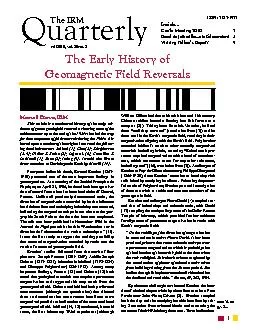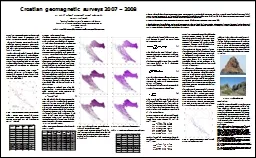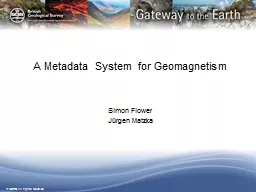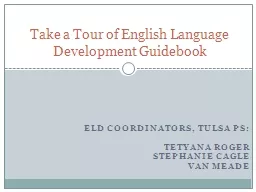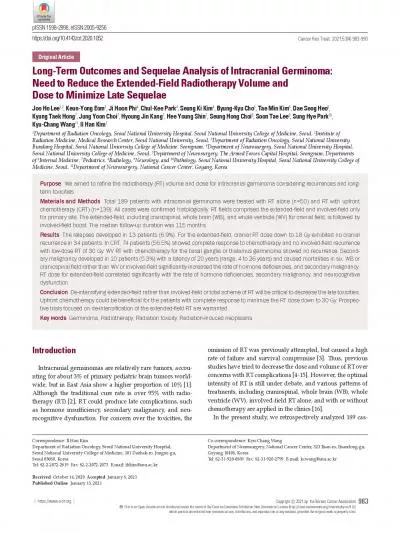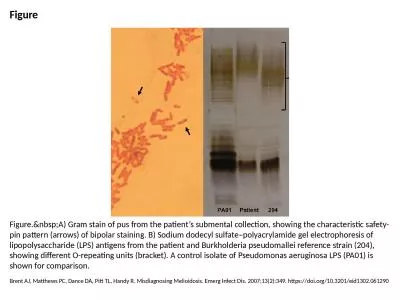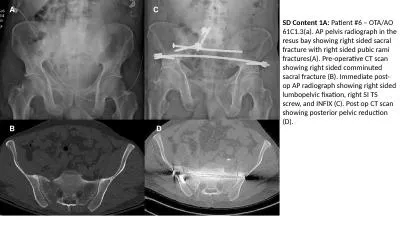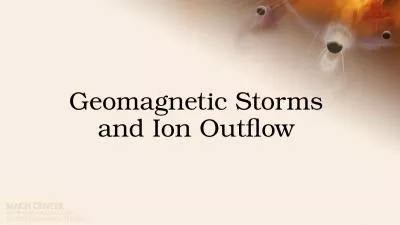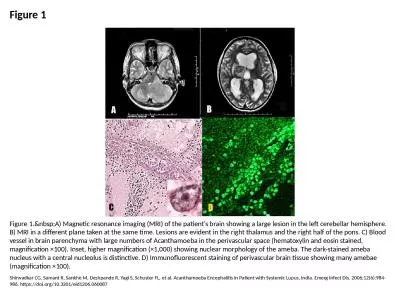PDF-Quarterlydence of geomagnetic �eld reversals, showing some
Author : test | Published Date : 2015-10-12
1 The Early History of Geomagnetic Field ReversalsISSN 21521972 Castle Meeting 2010 Road to Jaramillovia EdmontonVisiting Fellow146s Report William Gilbert had done
Presentation Embed Code
Download Presentation
Download Presentation The PPT/PDF document "Quarterlydence of geomagnetic ..." is the property of its rightful owner. Permission is granted to download and print the materials on this website for personal, non-commercial use only, and to display it on your personal computer provided you do not modify the materials and that you retain all copyright notices contained in the materials. By downloading content from our website, you accept the terms of this agreement.
Quarterlydence of geomagnetic �eld reversals, showing some: Transcript
Download Rules Of Document
"Quarterlydence of geomagnetic �eld reversals, showing some"The content belongs to its owner. You may download and print it for personal use, without modification, and keep all copyright notices. By downloading, you agree to these terms.
Related Documents

